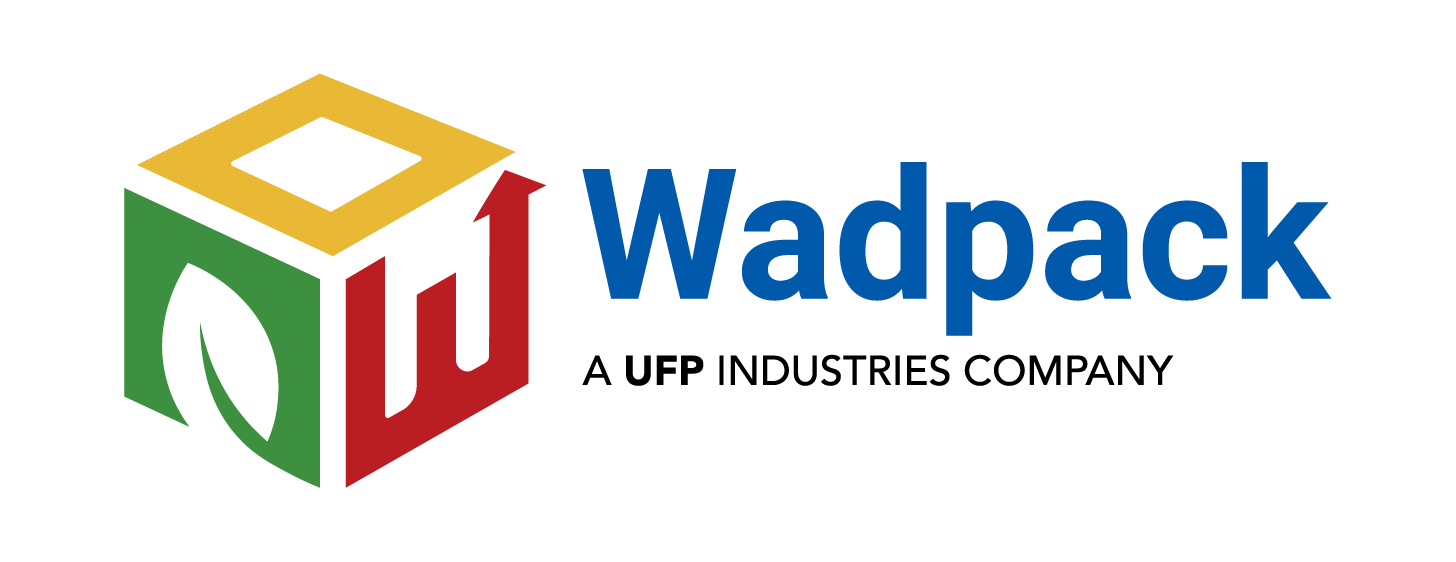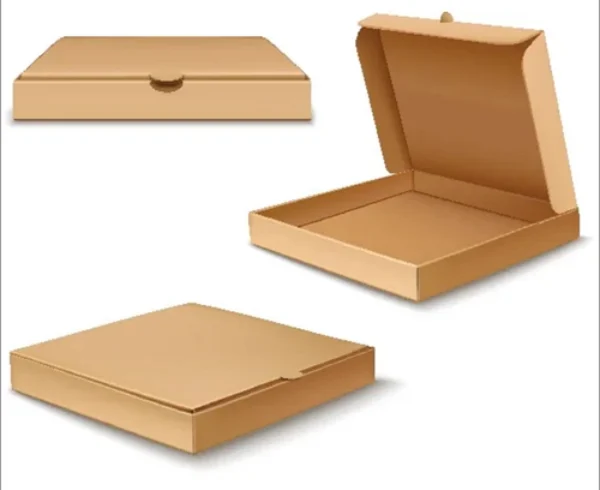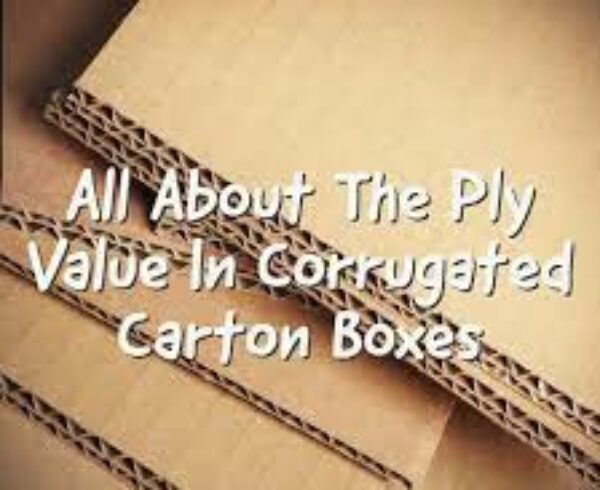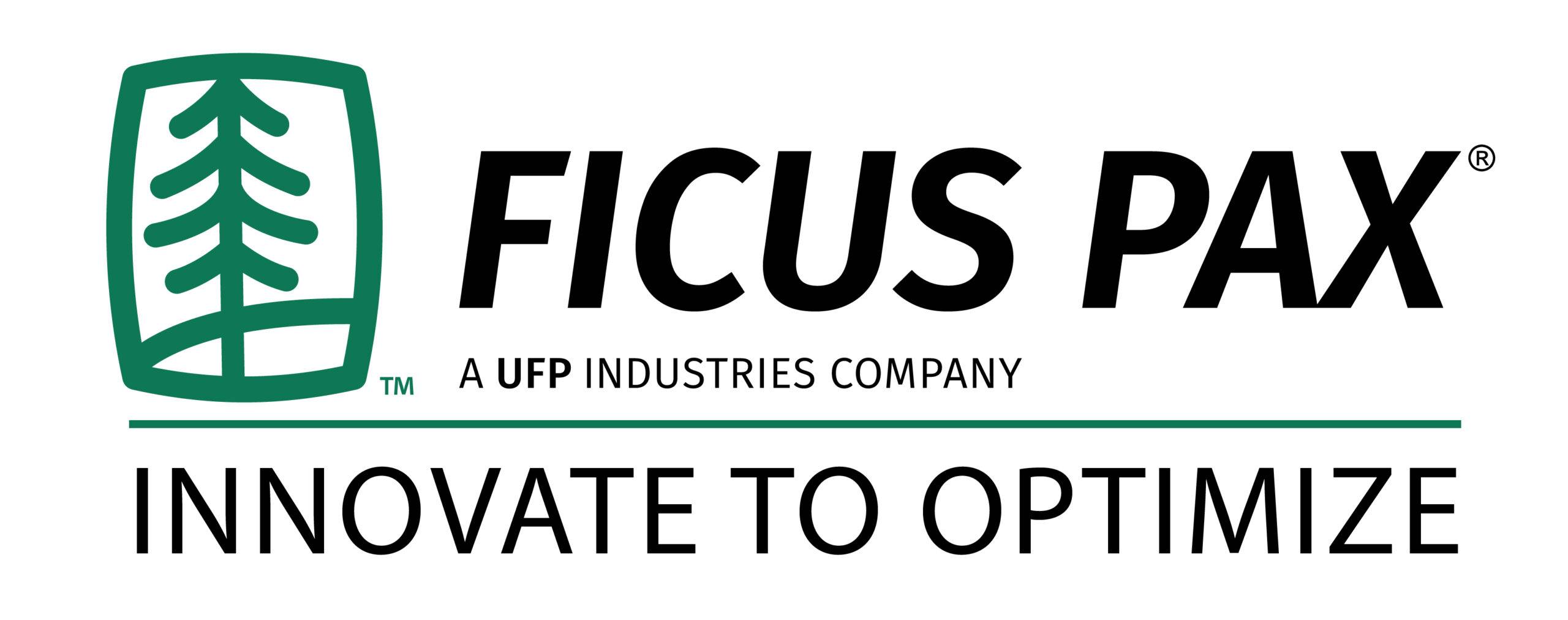Useful Tips to Make Flawless Corrugated Boxes

Creating flawless corrugated boxes requires careful attention to detail and a systematic approach to the manufacturing process. Whether you are a packaging professional or an individual looking to create custom corrugated boxes, the following tips will help you achieve outstanding results. From design considerations to material selection and production techniques, this comprehensive guide will cover all aspects of making flawless corrugated boxes.
Understand the Purpose
Before you start designing and manufacturing corrugated boxes, it’s crucial to understand their purpose. Determine what type of product or items will be packed inside the boxes and the conditions they will be subjected to during storage and transportation. This understanding will help you choose the right material and design features to ensure the boxes are sturdy, protective, and functional.
Choose the Right Corrugated Board
Corrugated boards are available in various grades, commonly classified as single, double, or triple wall. Each grade has different strength and performance characteristics. Select the appropriate grade based on the weight, fragility, and dimensions of the products being packaged. Consider the stacking requirements, moisture resistance, and environmental factors as well.
Optimize Box Design
The design of the corrugated box plays a crucial role in its performance and functionality. Keep the following design tips in mind
- Size and Dimensions: Design the box dimensions to fit the product snugly, minimizing excess space to prevent movement during transit. This will reduce the risk of damage.
- Flaps and Closures: Choose the appropriate closure style (e.g., regular slotted container, full overlap container, etc.) based on the box’s purpose and ease of use. Ensure that the flaps securely close the box, providing adequate protection.
- Structural Design: Incorporate appropriate structural elements such as inner dividers, partitions, or inserts to provide additional support and cushioning for delicate items. Use corner protectors to reinforce the box corners, reducing the risk of damage.
- Ergonomics: Consider ease of handling for both packaging personnel and end-users. Incorporate handles, tear strips, or other convenience features as needed.
Minimize Material Waste
Efficient material utilization not only reduces costs but also contributes to sustainable packaging practices. Optimize the box design to minimize material waste during production. Consider nesting or interlocking designs that maximize the number of boxes produced per sheet of corrugated board. This will help reduce the amount of unused material and increase production efficiency.
Use High-Quality Printing Techniques
If you plan to print graphics or branding information on the corrugated boxes, employ high-quality printing techniques. Offset or flexographic printing can provide vibrant, durable, and professional-looking results. Ensure the printing inks are compatible with the corrugated material and do not compromise the box’s structural integrity.
Incorporate Proper Ventilation
Some products, such as fresh produce or electronic devices, may require proper ventilation to maintain their quality or dissipate heat. Design the box with strategically placed perforations or ventilation holes to allow airflow while still providing adequate protection. Consider the specific needs of the product when deciding on ventilation features.
Reinforce Stress Points
Identify stress points on the corrugated box, such as corners or edges, which are prone to wear and tear during handling and transportation. Reinforce these areas with additional layers of corrugated board or specially designed reinforcements to enhance the box’s strength and durability. Reinforcements can include edge protectors, corner pads, or fiberboard sleeves.
Consider Environmental Sustainability
As environmental concerns grow, it’s essential to consider sustainable practices in packaging. Opt for corrugated boards made from recycled content or from responsibly sourced materials. Use water-based or eco-friendly inks for printing. Design the box with easy recycling in mind, such as using minimal adhesives or ensuring easy separation of different materials during the recycling process.
Test and Validate
Before mass production, it’s crucial to test and validate the corrugated boxes to ensure they meet the intended requirements. Perform drop tests, compression tests, or vibration tests to assess the box’s strength and protective capabilities. Make any necessary design or material modifications based on the test results to achieve the desired performance.
Collaborate with Packaging Experts
If you’re new to corrugated box production or require specialized packaging solutions, consider collaborating with packaging experts or consultants. They can provide valuable insights and expertise in designing and manufacturing flawless corrugated boxes. Their experience and knowledge can help you optimize the packaging process and achieve the best results.
Implement Quality Control Measures
To ensure consistent quality throughout production, establish robust quality control measures. Regularly inspect the incoming raw materials, such as corrugated boards and adhesives, to ensure they meet the required specifications. Monitor the production process to identify and rectify any issues promptly. Conduct random quality checks on finished boxes to verify their integrity and adherence to design specifications.
Train and Educate Employees
Well-trained and knowledgeable employees are essential for flawless box production. Provide comprehensive training to your production staff on proper manufacturing techniques, equipment operation, and quality control procedures. Educate them about the importance of attention to detail and the impact of their work on the overall product quality. Encourage a culture of continuous improvement and open communication, allowing employees to contribute ideas for process optimization.
Optimize Production Workflow
Streamline your production workflow to enhance efficiency and reduce the chances of errors. Analyze each step of the manufacturing process, from material handling to printing, die-cutting, folding, gluing, and stacking. Identify bottlenecks, eliminate unnecessary steps, and implement automation where feasible. Well-organized production lines and standardized processes contribute to consistent quality and faster production cycles.
Maintain Equipment and Machinery
Regular maintenance of equipment and machinery is crucial to ensure smooth operations and minimize downtime. Implement a preventive maintenance schedule to inspect, clean, and service your machines regularly. Train your maintenance staff to detect and resolve issues promptly. Well-maintained equipment not only reduces the risk of production errors but also extends the lifespan of your machinery.
Continuously Improve and Innovate
The packaging industry is constantly evolving, driven by changing consumer preferences, technological advancements, and sustainability goals. Stay updated with the latest trends, materials, and manufacturing techniques. Continuously explore innovative packaging solutions to improve the functionality, aesthetics, and sustainability of your corrugated boxes. Embrace new technologies, such as digital printing or automated cutting systems, to enhance your production capabilities.
In conclusion, making flawless corrugated boxes requires a combination of careful planning, attention to detail, and a commitment to quality. By considering the purpose, optimizing the design, selecting the right materials, implementing quality control measures, and continually improving your processes, you can create corrugated boxes that provide optimal protection, functionality, and sustainability. Remember, collaboration with packaging experts and investing in employee training are valuable resources that can contribute to your success in producing flawless corrugated boxes.




Leave a Comment